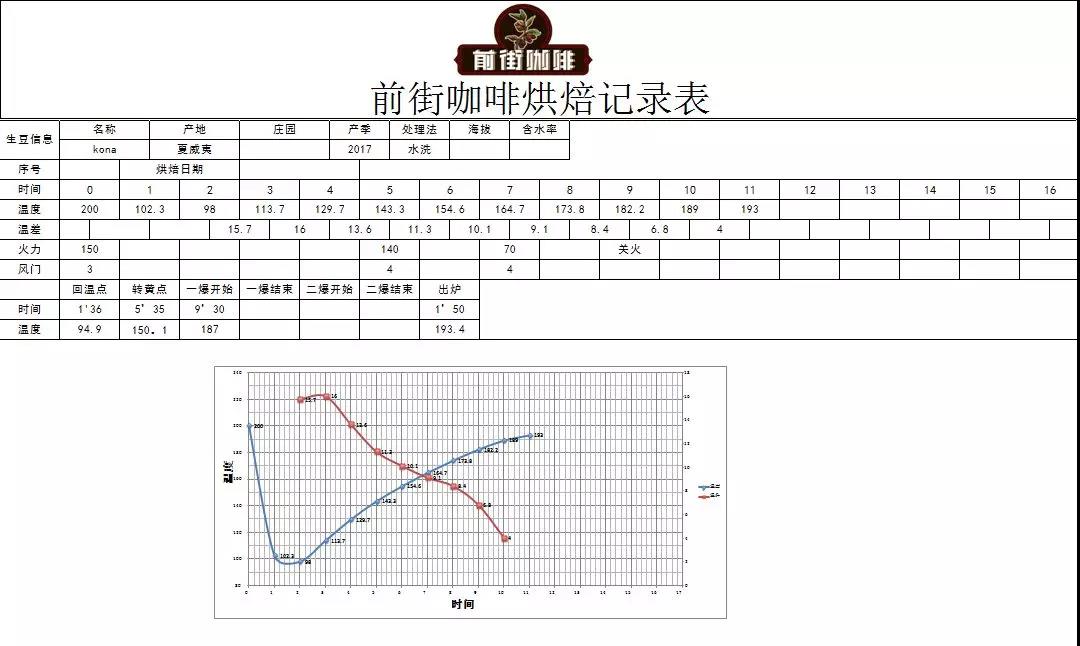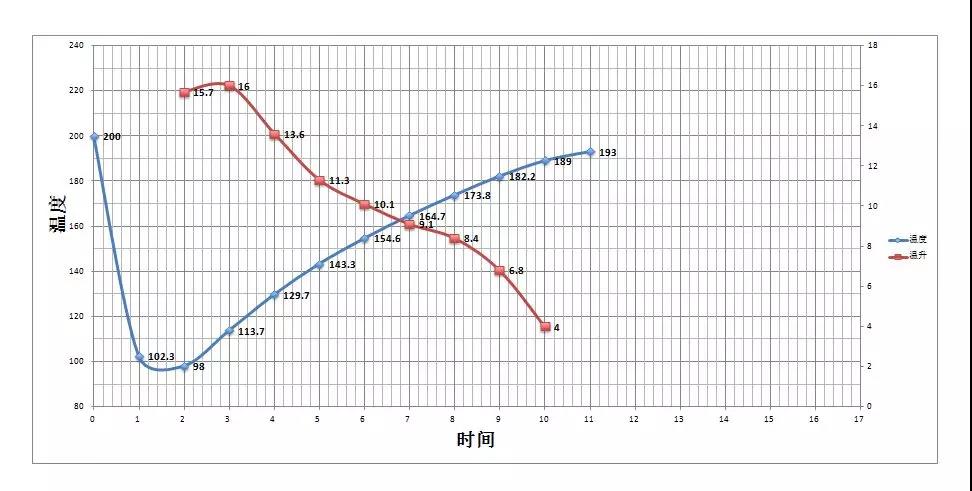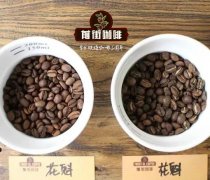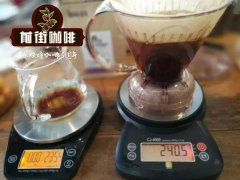Hawaiian Kona Coffee is not equal to Hawaiian Coffee authentic Kona Coffee

Professional coffee knowledge exchange more coffee bean information please follow the coffee workshop (Wechat official account cafe_style)
Have you ever tried Hawaiian Kona coffee?
Once this silky coffee hits your taste buds, you will experience your first real "best part of coffee" and you will understand why it is in demand around the world.
Before I realized that something terrible had happened, I bought it for almost six months. I was taken away. I don't want it to happen to you.
So before you buy Kona beans online, please note:
Most beans sold as "Kona" do not match their names. That is, you are torn off. Take advantage of. Maybe even lie.
It is expensive, so Hawaiian Kona beans are often mixed with cheaper beans to produce a reasonably priced mixture. But it's not obvious. In fact, sometimes it's super hard to clarify.
It's like someone is providing you with quality wine. But water it to sell more wine.
Beware: because Kona is so valuable, many people want to make money out of it. This has led to a large number of mislisted products on the market. If you want to try this highly sought after mixture, you should make sure you get the real thing-otherwise it doesn't make sense.
So. The question is:
How do you know what is real and what is a scam?
Red warning sign # 1: stay away from "Hawaiian Kona matching"
Because there are only a limited number of "real transactions" and it is very expensive, many companies produce "Kona mixtures" at more affordable prices.
However, you should know that these mixtures contain Kona only in their names.
Under Hawaiian law, any mixture labeled "Kona mixture" must contain at least 10 per cent of certified Kona beans.
Companies that want to make money naturally use 10% instead of more beans. 90% of this mixture will be cheap coffee from other parts of the world.
Do the math-there won't be too much Kona in your cup.
To make matters worse, some companies engage in full-scale scams and do not use any certified Kona at all.
Although Hawaiian law is strict, many places don't care whether companies use the Kona name only for marketing purposes. In many countries, so-called Kona beans may contain only a small portion of Kona beans, or none at all.
For this reason, you should buy Kona from Hawaii and paste it with 100%Kona coffee.
If this is just outside your budget, your second best bet is the Kona mixture made in Hawaii, because it contains at least 1/10 of the Kona required by local law.
But no matter how attractive the packaging is, as long as you stay away from "Kona mixtures" made outside Hawaii-they are basically scams.
Red warning sign # 2 Vera coffee beans & # 39; does not belong to the Kona area
Like French champagne, the Hawaiian Kona belt is highly respected for its excellent microclimate. However, this does not apply to the whole of Hawaii. In fact, most other islands in Hawaii, including Maui and Kauai, are not suitable for coffee cultivation.
Because of the long history of sugar cane cultivation, the soil in most of the Hawaiian islands has been depleted and has no nutrients. The clay type is much more fertile than Kona's rich volcanic soil, and the climate is not conducive to growing coffee.
Qianjie Coffee recommends roasting Kona Coffee:
Kona and Blue Mountain Coffee are both low-density, low-density beans, the bean temperature should not be too high, in the sweet taste, the color changes to light yellow, high moisture content, need to stew enough time. Coffee beans are refreshing and clean and have a strong and heavy touch. Kona should not roast too deeply. Medium and shallow roasting (City--Full City-) is recommended.

Qianjie coffee is recommended to record the data before roasting, the water content, density, origin, treatment method, ambient temperature and humidity in the baking room, etc., and plan your baking curve. Recording the chemical and physical changes during the baking process will help you better understand the final baking results and help improve the baking curve.

Roaster: Yangjia 800N, input 550g raw beans
Bake the curve:
Put the furnace temperature to 200 degrees Celsius, adjust the firepower to 150 degrees after opening the throttle for 1 minute, keep the throttle unchanged, bake to 5 degrees 35 ", the temperature is 150 degrees, the bean surface turns yellow, the smell of grass completely disappears, the dehydration is completed, the firepower is adjusted to 140 degrees, and the throttle is changed to 4.
In the 9th '30th minute, ugly wrinkles and black markings appear on the bean surface, and the smell of toast obviously changes to the smell of coffee, which can be defined as a prelude to an explosion. At this time, listen carefully to the sound of the explosion point, start the explosion at 9: 30 ", lower the firepower to 70 degrees, the throttle should be fully open (adjust the firepower to be very careful, not so small as to be free of bursting sound), turn off the heat at 182 degrees, and put the pot at 193.4 degrees.

Important Notice :
前街咖啡 FrontStreet Coffee has moved to new addredd:
FrontStreet Coffee Address: 315,Donghua East Road,GuangZhou
Tel:020 38364473
- Prev

The Cooperative of Guanacaster Coffee Manor in Costa Rica introduces the characteristics of coffee bean treatment.
For more information about coffee beans, please follow the Coffee Workshop (official Wechat account cafe_style) altitude: 1200-1600 m area: Guanacaster, Costa Rica Flavor Note: lemon Arabica Coffee Variety: Catuai if you have been to Costa Rica, you are likely to bask in the sun on the beach in Guanacaster, Costa Rica. Ratio
- Next

Main flavor characteristics of Brazilian Minas coffee beans planting strips in Minas producing area of Brazilian natural coffee beans
Professional coffee knowledge exchange more information about coffee beans please follow the coffee workshop (Wechat official account cafe_style) Sul de Minas. As the name suggests, the area is located in the south of the Brazilian state of Minas Gerais. The hills here are rugged and continuous, the climate is mild and pleasant, and the rain makes the coffee trees kiss. With the right amount of water, they can best absorb the beans.
Related
- Does Rose Summer choose Blue, Green or Red? Detailed explanation of Rose Summer Coffee plots and Classification in Panamanian Jade Manor
- What is the difference between the origin, producing area, processing plant, cooperative and manor of coffee beans?
- How fine does the espresso powder fit? how to grind the espresso?
- Sca coffee roasting degree color card coffee roasting degree 8 roasting color values what do you mean?
- The practice of lattes: how to make lattes at home
- Introduction to Indonesian Fine Coffee beans-- Java Coffee producing area of Indonesian Arabica Coffee
- How much will the flavor of light and medium roasted rose summer be expressed? What baking level is rose summer suitable for?
- Introduction to the characteristics of washing, sun-drying or wet-planing coffee commonly used in Mantenin, Indonesia
- Price characteristics of Arabica Coffee Bean Starbucks introduction to Manning Coffee Bean Taste producing area Variety Manor
- What is the authentic Yega flavor? What are the flavor characteristics of the really excellent Yejasuffi coffee beans?

